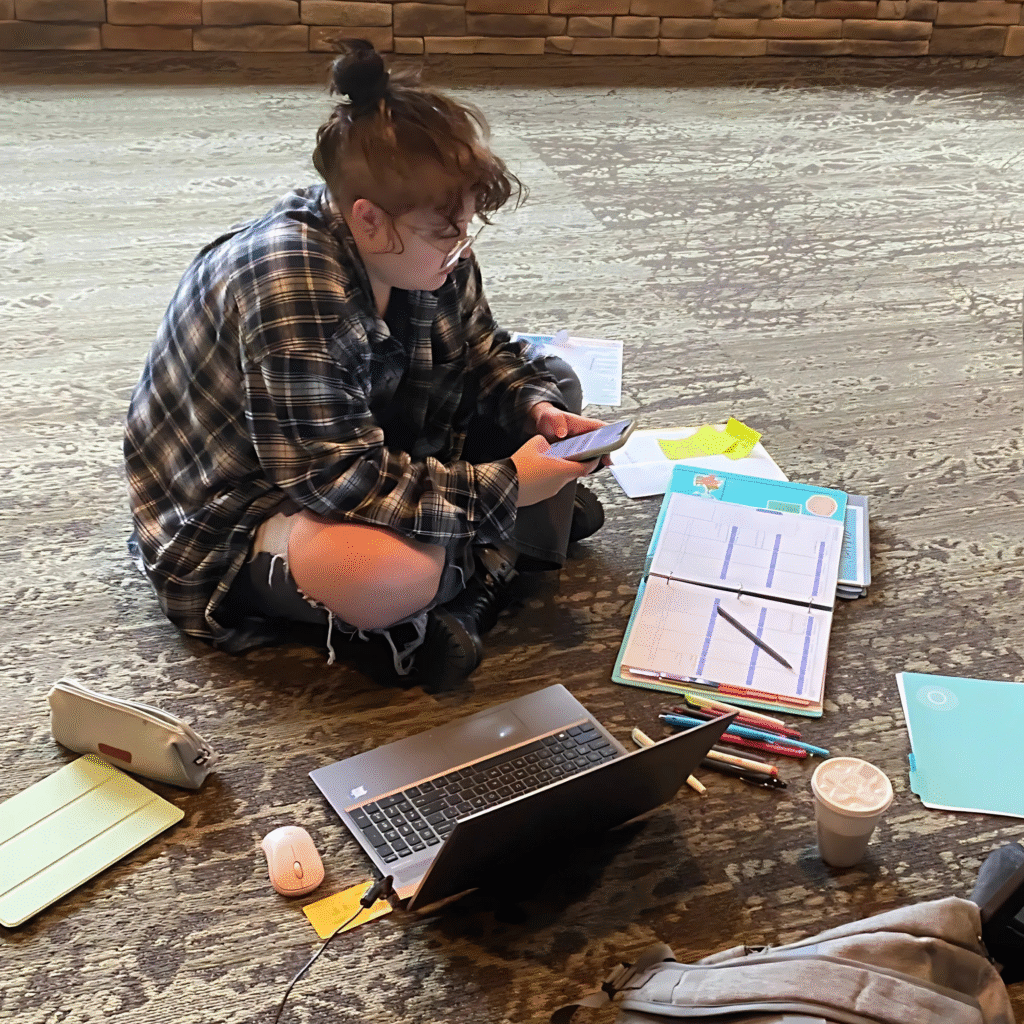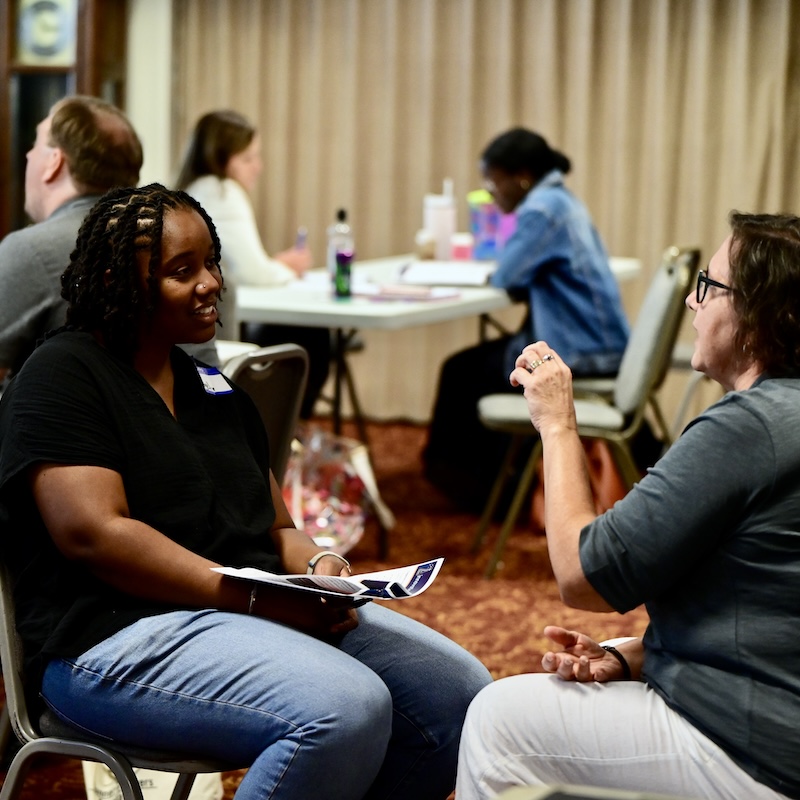No products in the cart.

by Aaron Kick
Aaron is the City Service Mission (CSM) City Coordinator for Kansas City. Each Summer Aaron leads hundreds of students and leaders in community and justice work in Kansas City.
As the Kansas City Director for CSM, it’s my job to not only connect student volunteer groups with a network of local nonprofits, but also to help educate them on what life is like living in the city. Here in KC, we come face to face with various injustices: homelessness, food insecurity, racism, systemic oppression, etc.. All of these topics are incredibly complicated and overlapping, so when a junior high or high school student is asked to engage with these issues, they very quickly get overwhelmed and start to disassociate themselves from the problems and people right in front of them.
I’ve found that in these moments it is helpful to talk about the difference between sympathy and empathy. Students tend to have a pretty good grasp of sympathy already. They can easily recognize when someone is hurting or struggling and think, “that’s awful for them”.
Making that shift to empathy can be a bit of a challenge. Empathy being not only recognizing the pain, but suffering with the person. Creating environments where students can start to make that shift leads to more long term change.
In Kansas City we do a few different activities that are designed to help students make that shift and place themselves in the shoes of those suffering, all in a safe environment. We call the activities Urban Plunges. In each plunge, we take the students to various parts of the city and have them do a plunge that is tailored to that specific neighborhood. A few of these plunges are meant to facilitate conversation around food insecurity and food deserts. In another, students walk a mile long loop downtown and learn about the different resources available to those experiencing homelessness. In yet another, students ride on the KC Streetcar and discuss public transportation and how it gives people access to more parts of the city.
Each activity places the students in new environments with some of the same constraints as those who live in a given neighborhood. In doing the activity, they place themselves in the shoes of their neighbors. They start to realize how difficult it is for them to find food or resources and start to imagine if that was their everyday life.
The shift starts here.
From there, discussion is key. We sit down and unpack the events of the day and help students start to sift through their emotions and thoughts. Asking questions and follow up questions helps the student articulate their experience in a thoughtful way. The most important questions we can ask are the “why” questions: “Why did you feel that way?”; “Why do you think people struggle in that way?”; “Why do you think the mechanisms we already have in place aren’t solving the problem?”.
When students can come to a greater understanding of their own experience in a new, real world environment, they can start to more fully understand the experiences of others.
As those called to lives of compassion, empathizing with the suffering of others is crucial. Making that shift from sympathy to empathy can then start to reverberate across their entire life. Students leave the city wondering about what resources are available back home to those in need, where they can start to volunteer, and how they can continue learning about these injustices. If a student leaves my city wondering what they can do about the hurt in their hometown, I’d call that a win.


